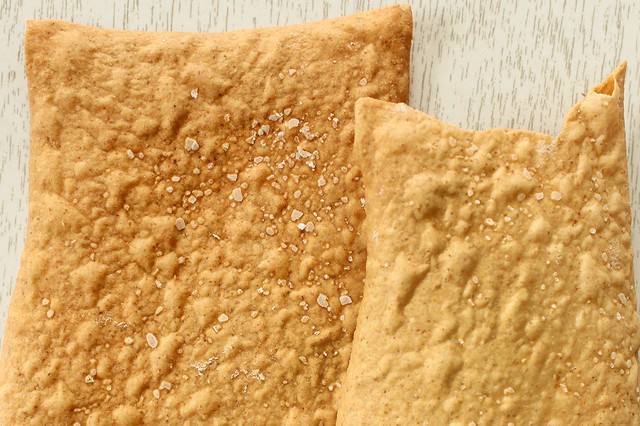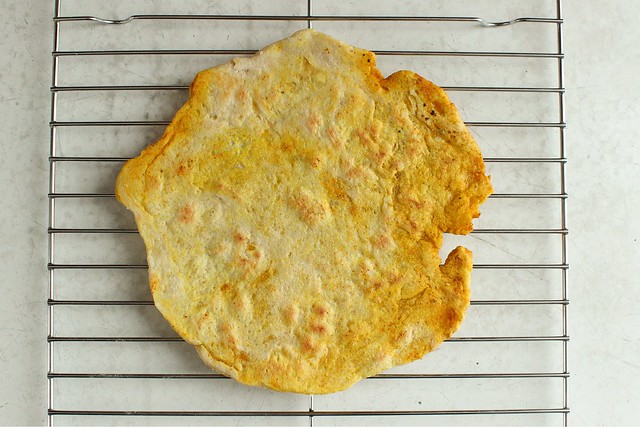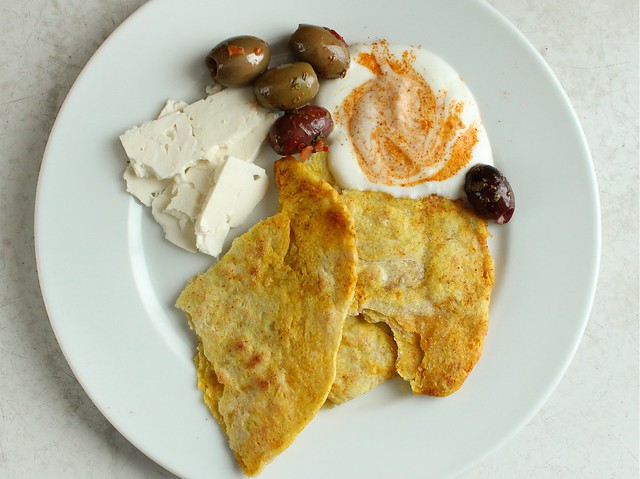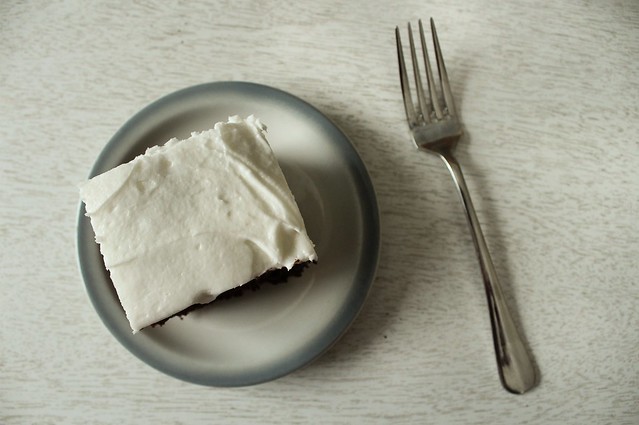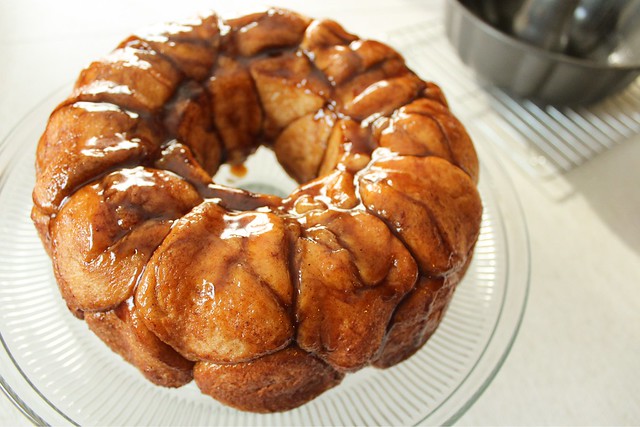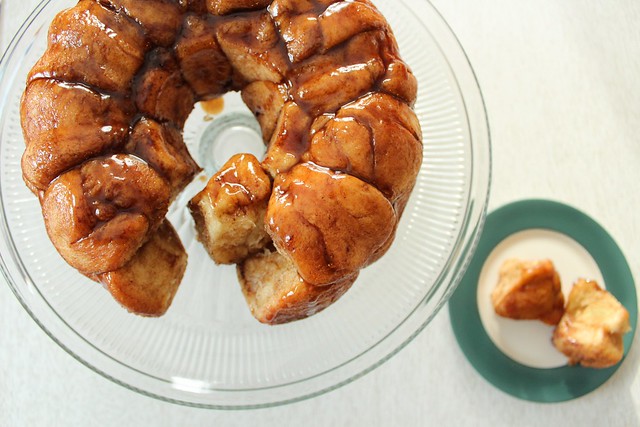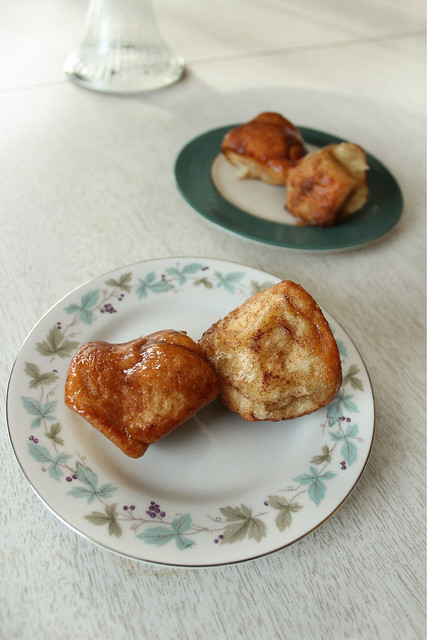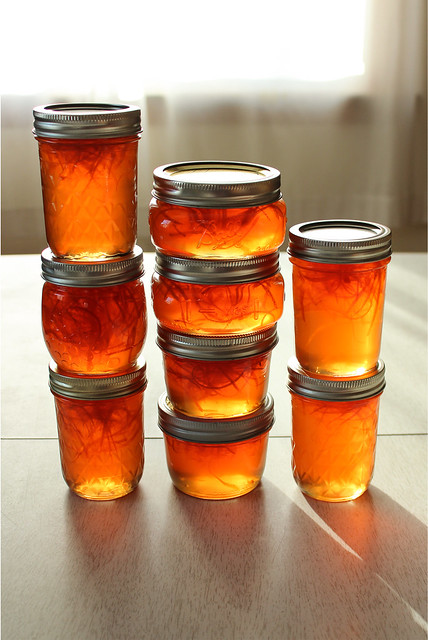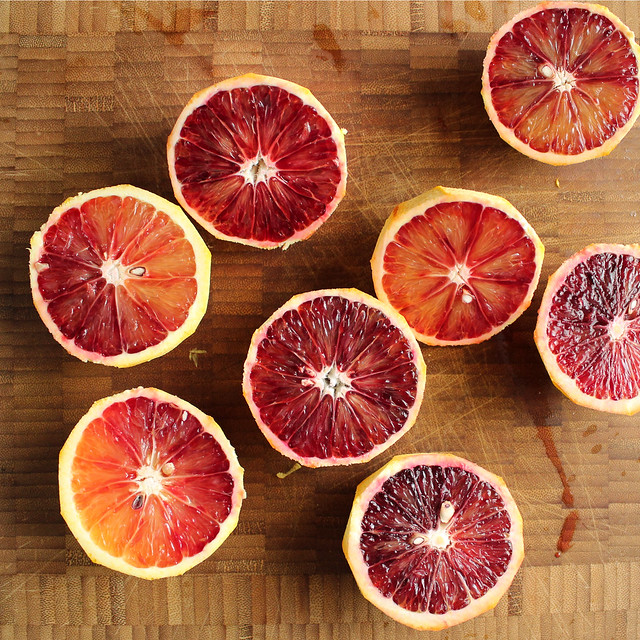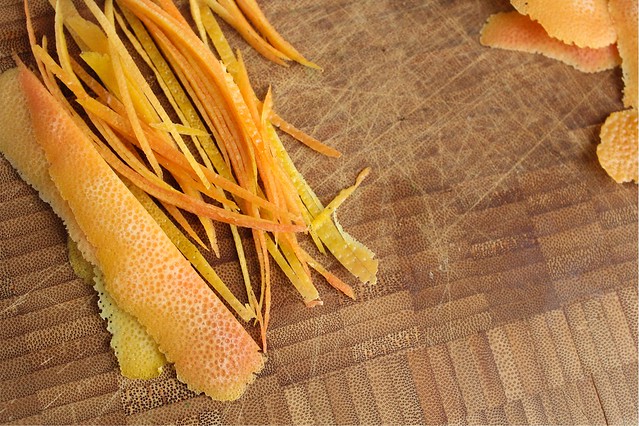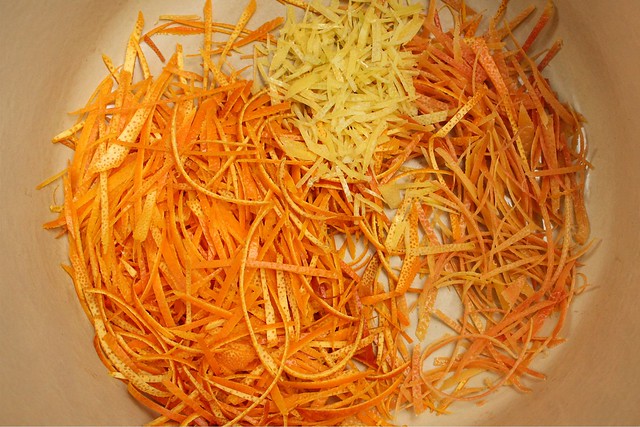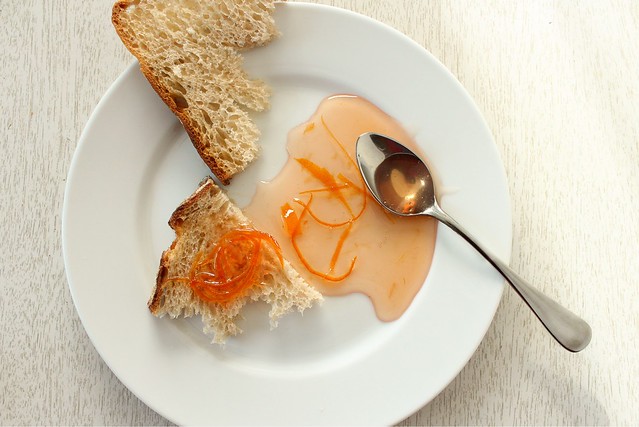The sourdough has become so much a part of my life that now it's hard to remember a time without it. But if I do think back, I remember the sinking feeling that I would never master it, that I would continually have too much waste (or rather discard), and never really have something that I would be proud to share. Working with things continually is the best education, and my daily walk with sourdough has taught me so many things. Deep things like patience, scientific things like the power of leaven, and superficial things like the cosmetics of slashing. There are probably one hundred other things - it's been a very well-rounded education to be sure.
Just when I think that I should delve into new technique or hydration, branch out into other grains or even tackle something gluten-free just for the sake of learning, sourdough has other more basic things to teach me. My confidence in my own intuition is sometimes lacking, and these past few weeks that leaven has showed me that I know more than I think I do. It has given me baking confidence.
In efforts to entice my husband to healthier snacking, I've taken to more scheduled cracker making. I've made them pretty much the same way for a very long time, more or less using this recipe. I don't know when I stopped looking at the actual recipe, and just starting winging it, casually spooning in room temperature coconut oil and usually forgetting the salt by accident, adding whatever flour is handy.
Sometime after my Tartine #3 book came, I oogled Chad's gorgeous windowpane-thin "crackerbreads", but wasn't so enthusiastic with the way his recipes were written. And meanwhile, I had made crackers with the 80% hydration starter that I base my bread on. It seems less water in the cracker dough to begin with helps in the rolling out, and I was finally able to run the dough through my pasta machine without wondering why I bothered with the big mess.
Just a couple of weeks ago, I stumbled onto my new preferred method, a foolproof way of easier crackers, without any waste or as much mess. To whatever measure of 80% starter I have to use, I mix in a few spoonfuls of room temperature coconut oil and mash it with the back of a spoon as best I can. Then, I mix in flour until a nice dough forms, and try to remember to put in a heavy pinch of salt too. I knead this by hand on a bare countertop for several minutes, rolling the dough strongly with my palms to melt any little bits of coconut oil that is still solid. I might notice it needs more flour, but I try not to add too much - figuring that like pasta and tortillas, a cracker is most tender and delicate with less flour instead of more. Then I let it rest for 8-24 hours before running through the pasta machine.
Instead of cutting the crackers into little diamonds, I started baking them in whole sheets and instead of brushing them with olive oil and sprinkling with salt, I sprinkle them first with (kosher) salt and then spritz them water to help the salt to stick. I bake them at 350 until golden or dark golden brown depending on what other things are going on around me. After cooling thoroughly, I break them into rough shards and store them in glass jars.
(To make my 80% hydration starter, I follow Ken Forkish's ratio in Flour Water Salt Yeast. For 2 loaves of bread I've scaled it down to this: 50 g. 100% starter, 50 g. whole wheat flour, 200 g. ap flour, and 200 g. 95 degree water. I mix it about 6-8 hours before building bread or cracker dough.)
Sometime after my Tartine #3 book came, I oogled Chad's gorgeous windowpane-thin "crackerbreads", but wasn't so enthusiastic with the way his recipes were written. And meanwhile, I had made crackers with the 80% hydration starter that I base my bread on. It seems less water in the cracker dough to begin with helps in the rolling out, and I was finally able to run the dough through my pasta machine without wondering why I bothered with the big mess.
Just a couple of weeks ago, I stumbled onto my new preferred method, a foolproof way of easier crackers, without any waste or as much mess. To whatever measure of 80% starter I have to use, I mix in a few spoonfuls of room temperature coconut oil and mash it with the back of a spoon as best I can. Then, I mix in flour until a nice dough forms, and try to remember to put in a heavy pinch of salt too. I knead this by hand on a bare countertop for several minutes, rolling the dough strongly with my palms to melt any little bits of coconut oil that is still solid. I might notice it needs more flour, but I try not to add too much - figuring that like pasta and tortillas, a cracker is most tender and delicate with less flour instead of more. Then I let it rest for 8-24 hours before running through the pasta machine.
Instead of cutting the crackers into little diamonds, I started baking them in whole sheets and instead of brushing them with olive oil and sprinkling with salt, I sprinkle them first with (kosher) salt and then spritz them water to help the salt to stick. I bake them at 350 until golden or dark golden brown depending on what other things are going on around me. After cooling thoroughly, I break them into rough shards and store them in glass jars.
(To make my 80% hydration starter, I follow Ken Forkish's ratio in Flour Water Salt Yeast. For 2 loaves of bread I've scaled it down to this: 50 g. 100% starter, 50 g. whole wheat flour, 200 g. ap flour, and 200 g. 95 degree water. I mix it about 6-8 hours before building bread or cracker dough.)
They bake into brittle thin sheets, and depending on how long I've let the dough rest they can have a nice sour tang to them.
Yesterday, I mixed up enough 80% starter for 3 loaves although I was only going to make two. When I set to working the bread, I also mixed up some cracker dough. By this morning, the dough had risen out of the container signaling both the well-fed nature of the culture and the how-can-it-finally-be-spring feeling of warmer outdoor temperatures. I knocked it down a couple of times, and it kept growing back - and then I had the idea of making it into flatbreads for lunchtime.
I mixed up some mid-eastern inspired spice mix based on the msemmen from Artisan Bread in 5 Minutes a Day, and pinched off a few ping pong ball sized pieces of cracker dough. I rolled them the same way I did the msemmen, and baked them several minutes per side in a cast iron skillet.
I mixed up some mid-eastern inspired spice mix based on the msemmen from Artisan Bread in 5 Minutes a Day, and pinched off a few ping pong ball sized pieces of cracker dough. I rolled them the same way I did the msemmen, and baked them several minutes per side in a cast iron skillet.
They were crunchy in some places and soft in others and perfectly spicy. I realized that I'd forgotten the salt in the cracker dough, so I sprinkled more on top and pressed it in. I don't know why it's so hard for me to remember that lately; I have stopped the practice of nibbling a small bit of raw dough, and I think I need to take that back up.
I'm not sure how well these would keep - but given how simple they are to make on demand you wouldn't have to worry about that I suppose. Instead of letting the dough rise at room temperature after mixing it, it might be a good idea to refrigerate it right away. I'm assuming that instant flatbreads could be yours for the next 48 hours before the yeast tires. If you were to bake the breads more thoroughly, say on a pizza stone, and let them crisp up fully, their keeping power would increase. But I say make and eat liberally on demand. There aren't nearly enough breads eaten directly from pans, moments after baking transforms the raw dough...
I'm not sure how well these would keep - but given how simple they are to make on demand you wouldn't have to worry about that I suppose. Instead of letting the dough rise at room temperature after mixing it, it might be a good idea to refrigerate it right away. I'm assuming that instant flatbreads could be yours for the next 48 hours before the yeast tires. If you were to bake the breads more thoroughly, say on a pizza stone, and let them crisp up fully, their keeping power would increase. But I say make and eat liberally on demand. There aren't nearly enough breads eaten directly from pans, moments after baking transforms the raw dough...
Perfect eaten with feta, chile olives, and some delicious homemade yogurt my friend Mary gave me: I added a little of the msemmen spice mixture to it.
The sourdough is a teacher, always providing me lessons in life and good eating. When I work with it, I often think back to a conversation more than 20 years old that I can't quite remember. My Gram was the first to tell me about capturing wild yeasts, though I'm not sure she ever used it to bake wild yeast bread. That day she told me about trying to find a favorable culture by leaving a piece of bread out in the woods is like a dream at this point, I remember where I was in her house when she told me, and I remember conjuring exactly where in the woods she was placing that slice of bread, just past the edges of her sprawling garden. Like a dream, I can't quite put a finger on any more detail than that and I wonder about it all the time. Is it in my blood to be so curious about natural cultures? Did the wild yeast also have lessons for my Gram long before I ever would have suspected it had lessons for me? Either way, it has turned from a unknowing teacher to a carefully chosen mentor, one I respect deeply, and one I hope to continue learning from for the rest of my life.

